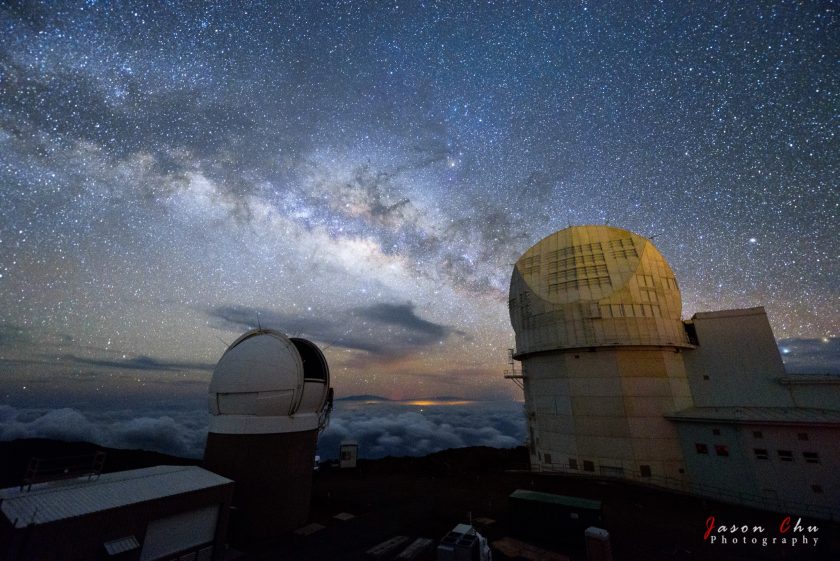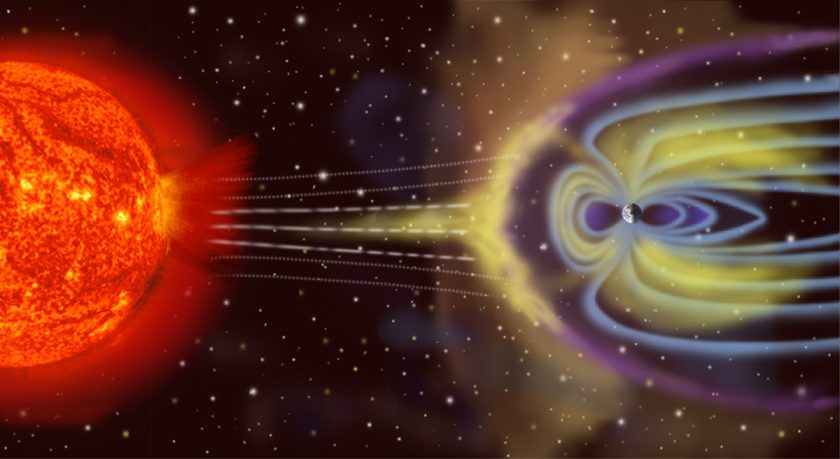
Have you ever tried zooming-in with your phone to capture a tiny bird or maybe a flower on a branch or shrub? Doesn’t it look like a slightly blurry, shaky mess no matter how steady you try to hold your hand? Now imagine trying to do that, but not for a bird but for the surface of the Sun, 150 million kilometers away.
That’s basically what a new tool called the Visible Tunable Filtergraph, or VTF, is doing right now at the Daniel K. Inouye Solar Telescope in Hawaii. And it’s changing the way scientists study the Sun’s surface.
Years in the Making
The VTF didn’t just appear overnight. It’s been a work in progress for almost 15 years, mainly led by a group in Freiburg, Germany called the Kiepenheuer Institute for Solar Physics. They worked alongside teams from the Max Planck Institute for Solar System Research in Göttingen and IRSOL in Switzerland.
Getting something this complex off the ground takes years of patience, testing, and, honestly, a lot of stubbornness. It’s a bit like building a clock where every gear has to work perfectly, only your clock is bigger than a small garage, weighs 5.6 tons, and needs to survive on top of a volcano.
So What Exactly Does the VTF Do?
At its heart, the VTF is about getting sharper, more detailed pictures of the Sun. But not just any pictures. It captures images that peel apart the Sun’s light into incredibly narrow slices of color and measures how that light waves or the solar flares move around,
To make sense of it, think about looking at a rainbow. A regular camera would just snap a photo of all the colors mixed together. But the VTF can take that rainbow and zoom into the tiniest slice of red, then the next thin slice of orange, then yellow, and so on, it does all this so precisely that it can pick out changes as small as a few picometers. For comparison, a human hair is about a million picometers thick.
On top of that, it also figures out how the light is polarized, basically, which way the light waves are “shaking”. It’s like wearing those fancy polarized sunglasses, but instead of just cutting out glare, scientists use it to figure out things like how strong the Sun’s magnetic fields are and which direction they’re twisting.

The First Picture: A Real Milestone
The VTF’s first “official” image zoomed in on a sunspot, an area of the Sun that’s cooler and packed with magnetic activity. It captured the view at 588.9 nanometers, a very specific color linked to sodium atoms in the Sun’s atmosphere.
What’s wild is the level of detail it pulled out. Structures in the sunspot’s penumbra, that fuzzy outer layer, showed up clearly, down to about 10 kilometers per pixel. To make that relatable, if the Sun were a giant orange, the VTF could pick out the bumps in the skin from across a city.
Why Does This Matter So Much?
Of course, it’s cool to have crisp photos of the Sun, but there’s a bigger reason behind all this effort. Solar storms – those giant bursts of energy and particles that the Sun sometimes flings out – can seriously mess with Earth, like they can knock out satellites, jam up GPS systems, and even cause power blackouts.
By studying the magnetic fields and plasma movements in places like sunspots and the layers just above them, scientists can get a better idea of when these storms might happen. It’s a bit like watching dark clouds gather before a thunderstorm, if you know what to look for, you can predict when the lightning might strike.

VTF Occupies Two Floors Inside The Observatory
The sheer size and precision of the VTF make it stand out. It occupies two floors inside the observatory and has to stay incredibly stable to work. Think about trying to balance a house of cards while someone’s running a fan nearby, now imagine you’re doing it while observing sunlight that’s constantly shifting.
Its two Fabry-Pérot interferometers – the parts that filter out narrow bands of light – are the largest and most precise ever built for this kind of work. Each one has to be polished and adjusted so carefully that even the tiniest flaw would ruin the measurements.
The VTF also needs to work fast. Once it’s fully up and running, it’ll be able to snap hundreds of images every second, allowing scientists to catch solar events as they unfold in real time.
What Comes Next
Right now, the VTF is in its test phase, sort of like a new car getting its first few hundred kms under its belt. The team is ironing out all the small issues before starting full science operations in a few years.
But even during testing, the results have been impressive. Matthias Schubert, the project scientist at KIS, described it as the “heart” of the telescope, and now, after all the work and waiting, that heart is finally beating.
Once everything is running at full speed, the VTF is expected to transform how we study the Sun’s lower atmosphere. Scientists will be able to watch magnetic fields twist and snap, plasma jets shoot into space, and sunspots evolve, all in unprecedented detail.
Not Just a Win for Astronomy
The benefits of the VTF reach beyond just better pictures. It’s about understanding the forces that shape space weather, which affects everything from airline communication systems to astronauts living on the International Space Station.
Better forecasts mean better protection for our technology and infrastructure here on Earth. It’s the same reason we invest so much in weather satellites to track hurricanes. If we can see trouble coming from the Sun early enough, we can prepare for it.
A Quick Story About Solar Storms
Just to show how serious this can be: back in 1989, a solar storm knocked out power across the entire province of Quebec, Canada, leaving millions without electricity for nine hours. All that from a disturbance on the Sun that nobody could fully predict at the time. Instruments like the VTF are a big step toward making sure we’re not caught off guard again.

Takeaway
Creating the VTF took patience, hard thinking, and teamwork from people all around the world. Now that it’s ready, scientists have new tools to better understand the Sun’s story—by looking at tiny, special parts of light they couldn’t see before.
Honestly, using the VTF is kind of like putting on glasses for the first time after living with blurry vision. Suddenly, what seemed fuzzy and far away snaps into sharp focus. You start to notice all the small, hidden details that were always there, you just couldn’t see them before.
Doesn’t it make you wonder, if we were missing so much about our own Sun, what else out there is just waiting to come into focus?



